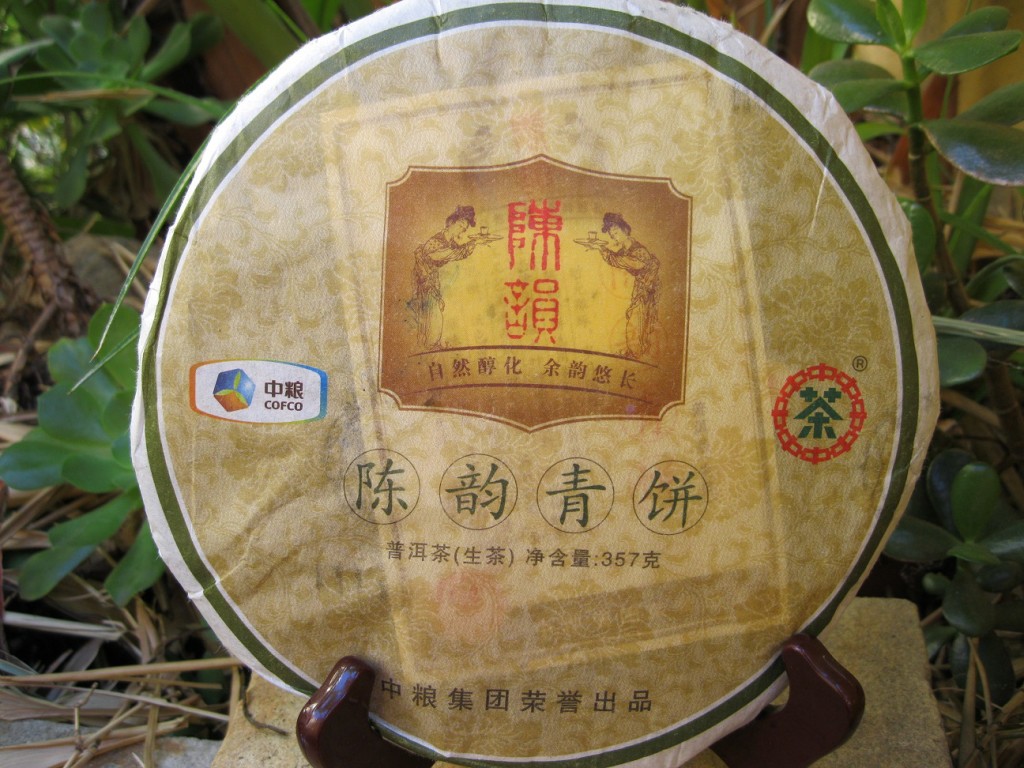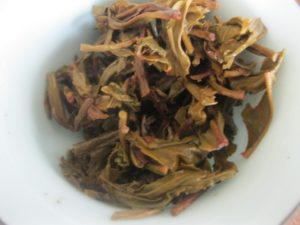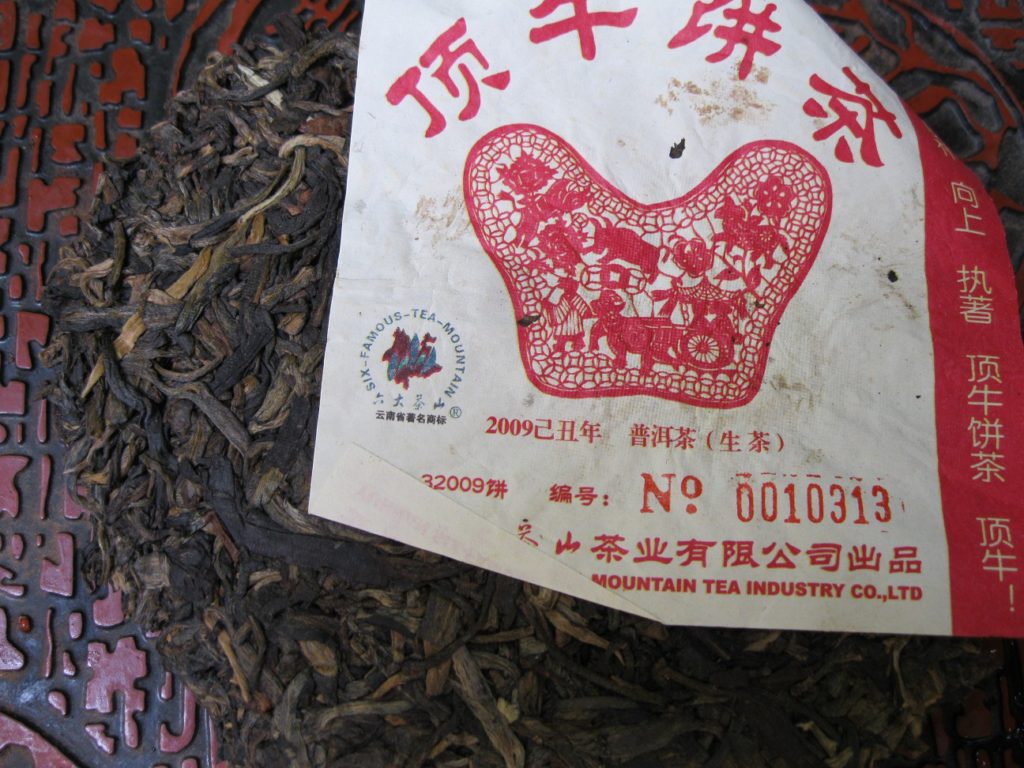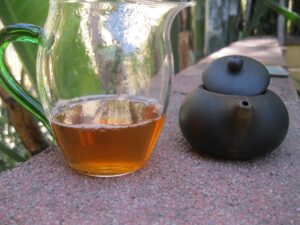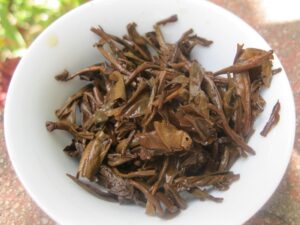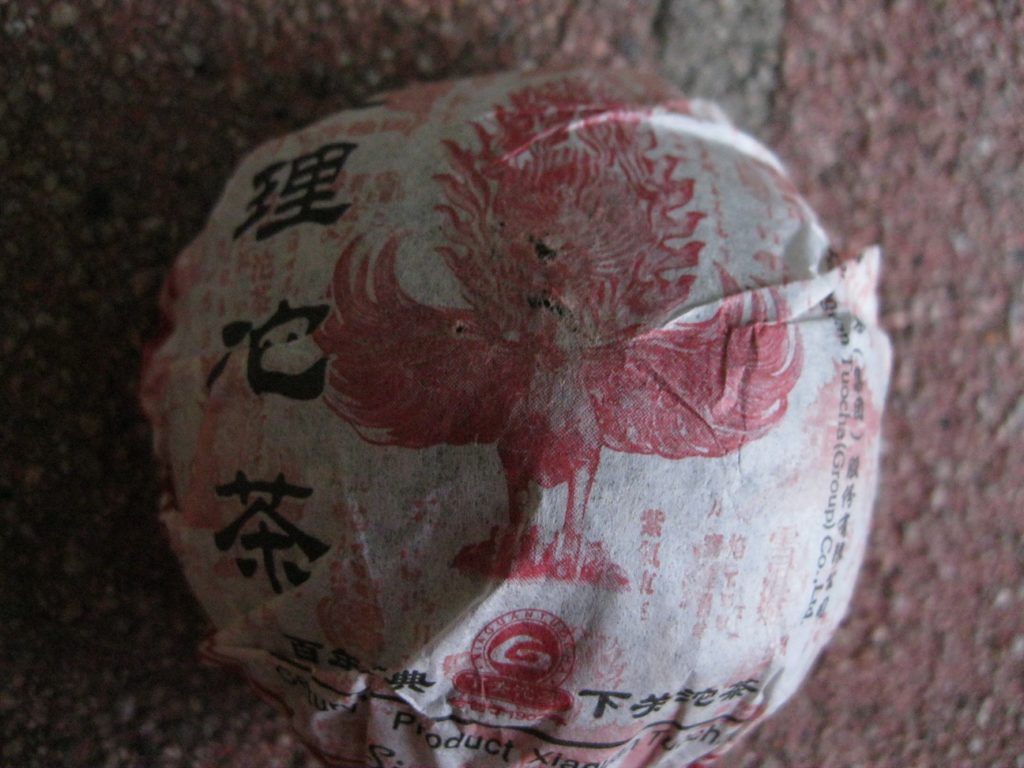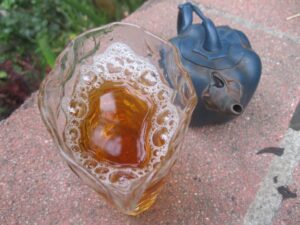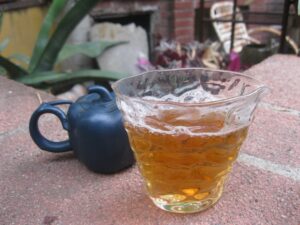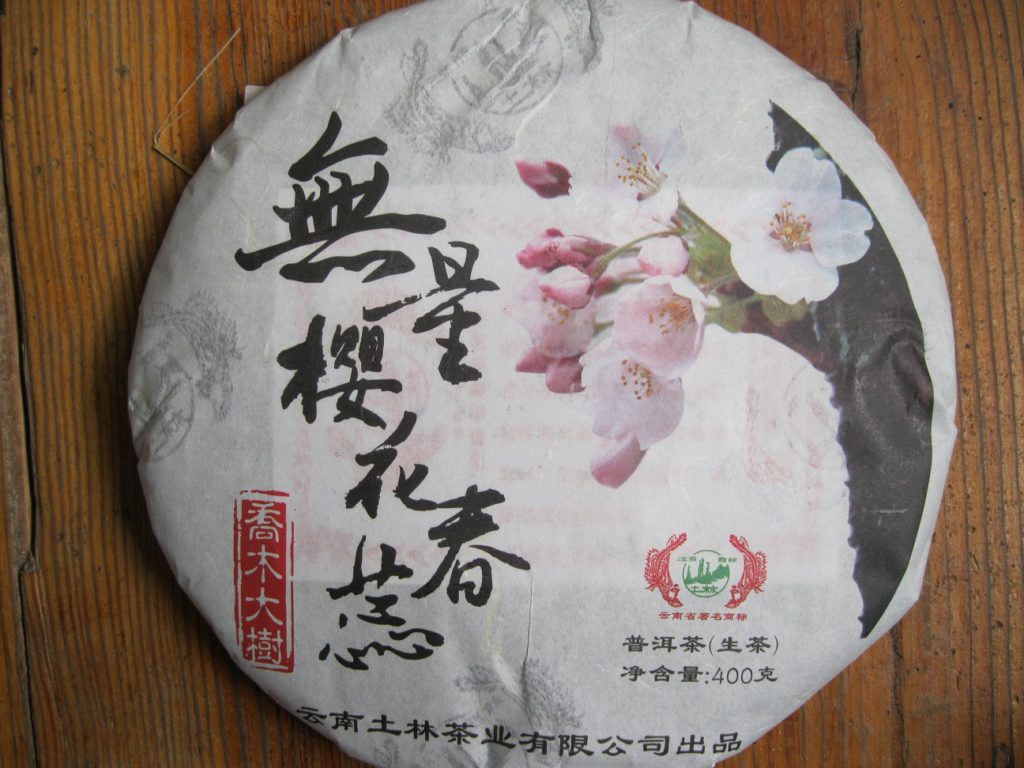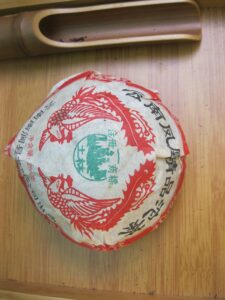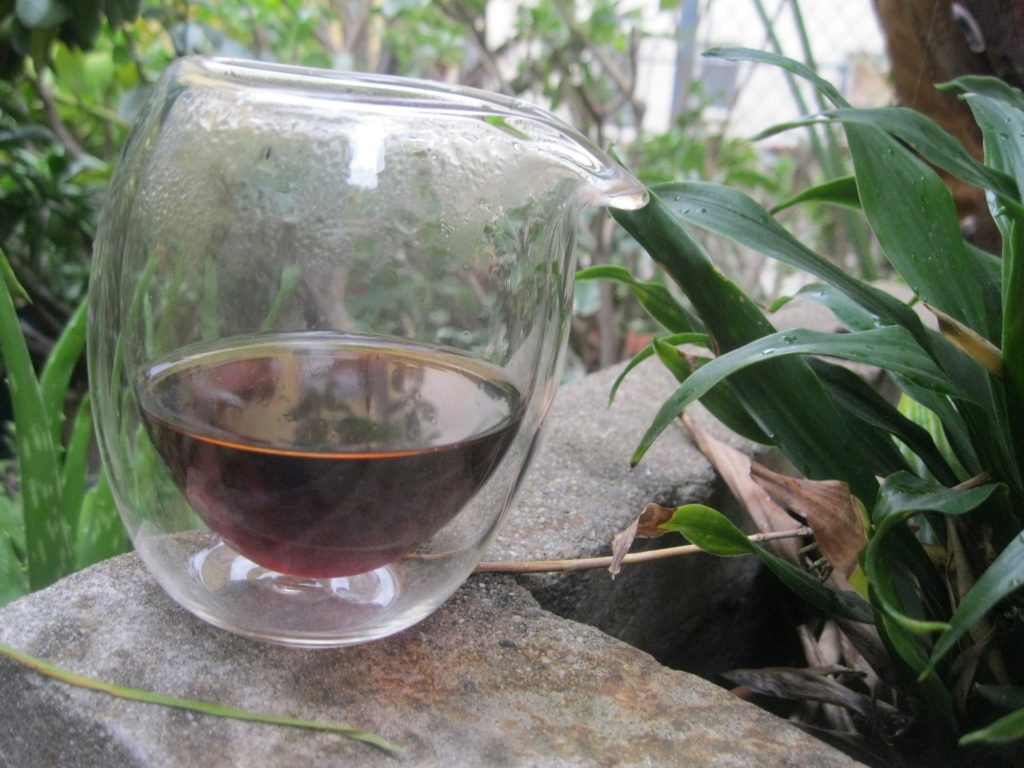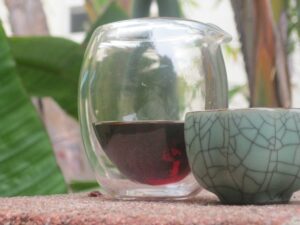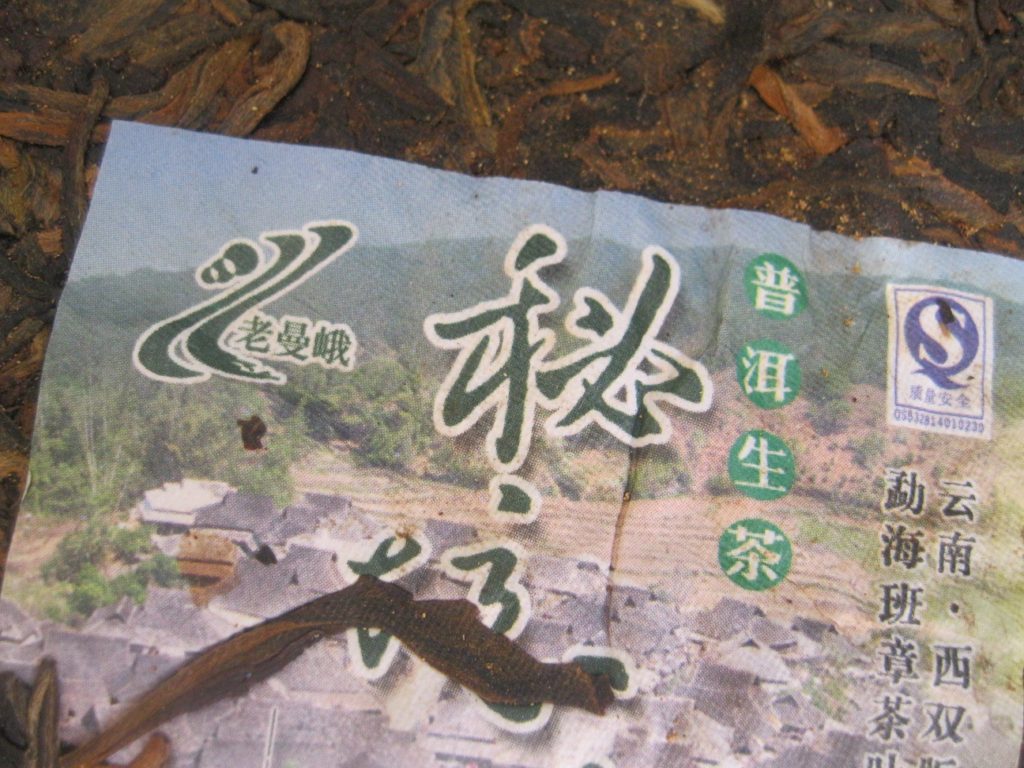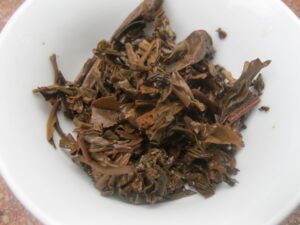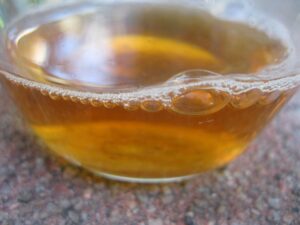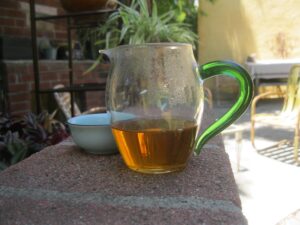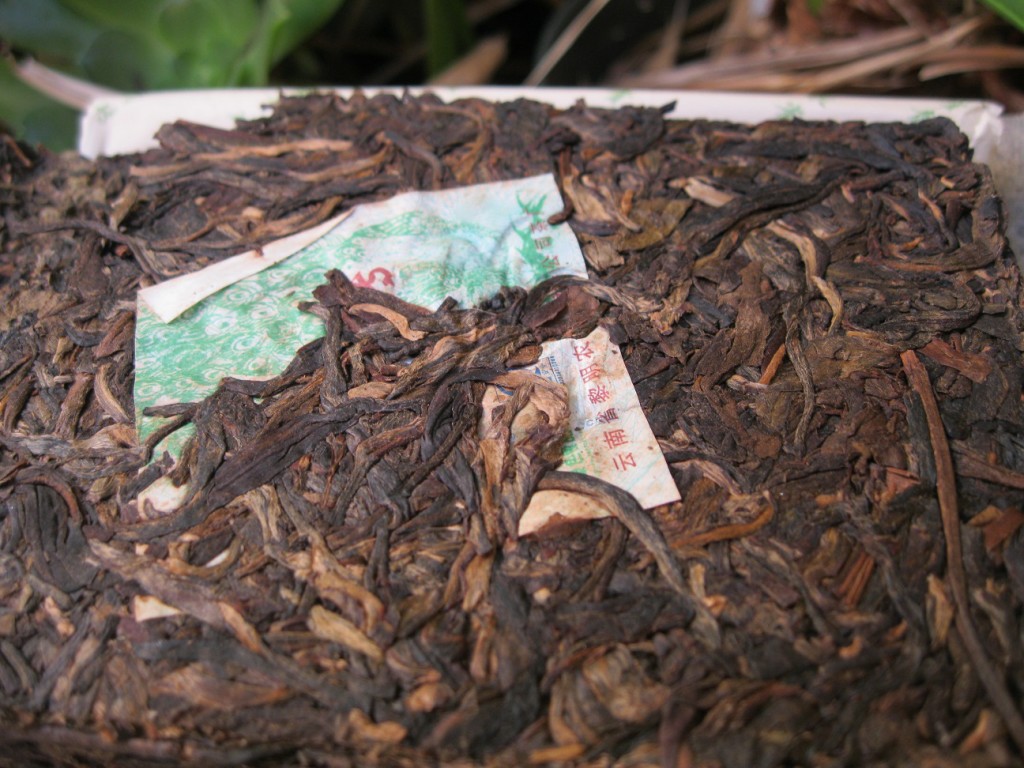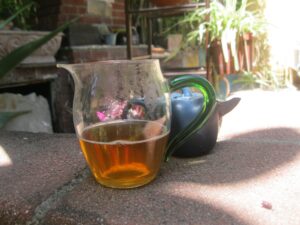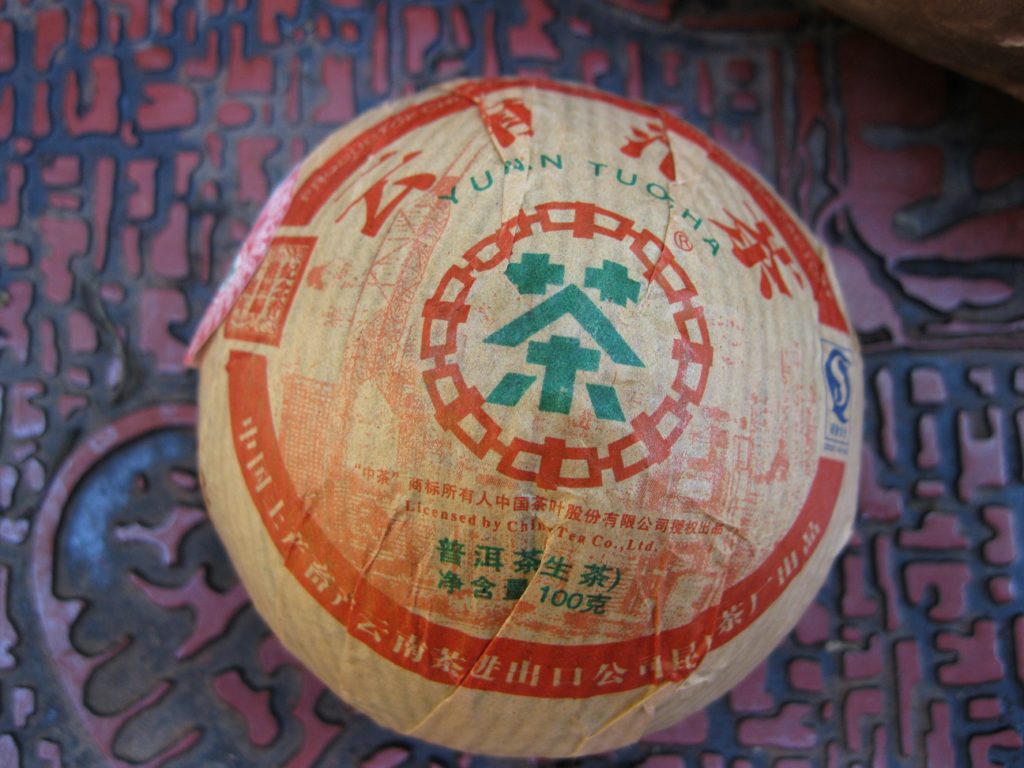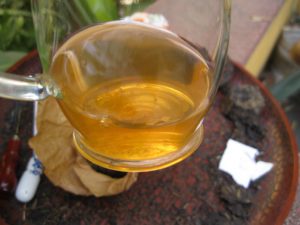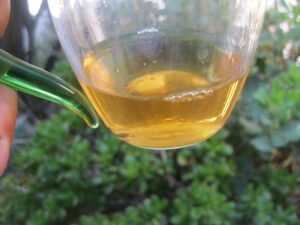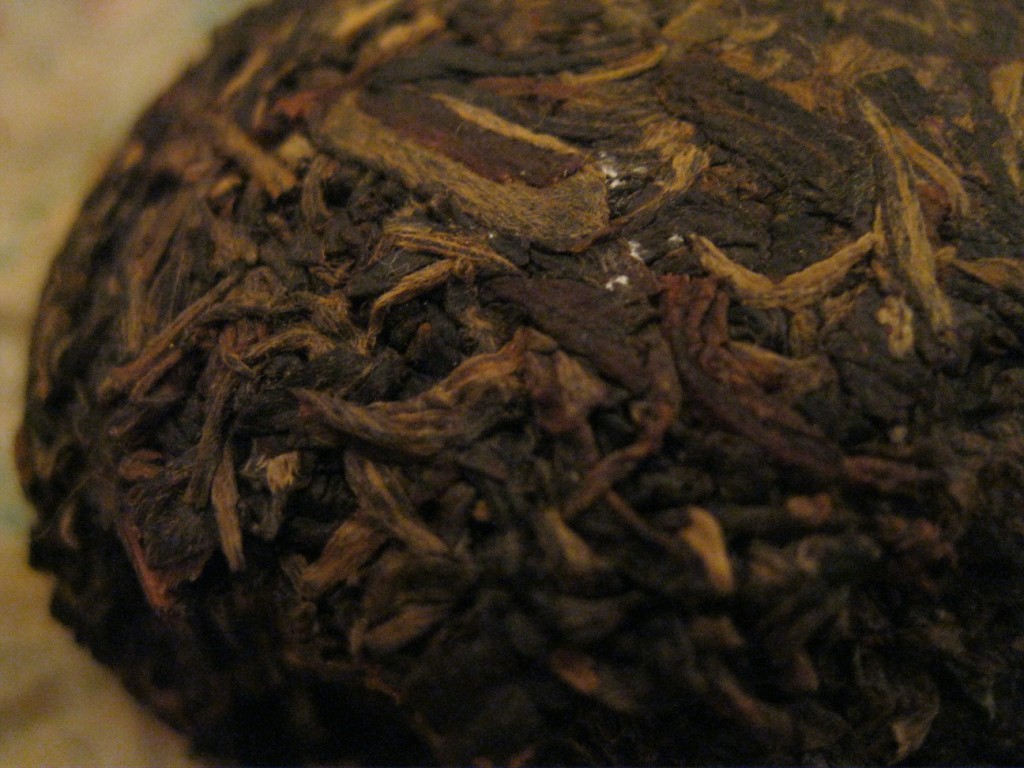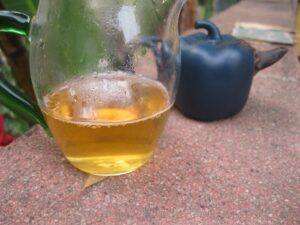Puerh Cake Take: Mangosteen
This Puerh Cake Take is on Mangosteen, a ’12 production from the Kunming TF. This raw cake is interesting because it was made from ’07 raw material before being steamed and pressed in ’12. The cast of the liquor is inordinately light, resembling something from the ’14-16 range.
Mangosteen has undergone marked transformation since ’15 and the most possibly in the last six months. It used to be high pitched. Evocative of black tea. There was a sparkling camphor finish. The viscosity was light and by the fourth infusion it was on its way out. It maybe lasts a couple infusions more but the mouthfeel is much rounder.
Mangosteen is the new name for this raw Zhongcha organic puerh because that’s what it tastes like. Mangosteens are an intensely creamy-vanillay-juicy-sweet experience with quick citrusy kick. There was nothing that struck me as fruity about Mangosteen in the past, but the aroma is quite clearly very much of berries. In the first few infusions the fruit taste only comes on the back end. At the front is a thick cloud of creaminess and siltiness. The sensation is luxurious. Actually, a note from a year ago mentioned the creaminess.
One consistency with this treasure is its throatiness. I noticed this this morning with the first pot and saw that I mentioned it in the product description. There’s a term for it called “houyun,” which is considered a particularly noteworthy trait since better productions have it.

